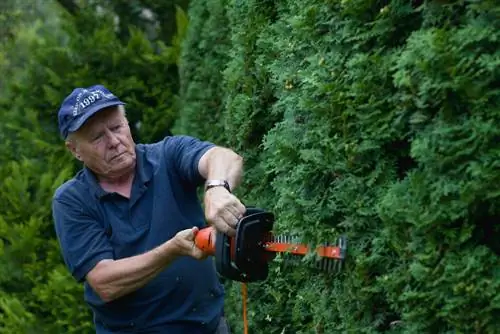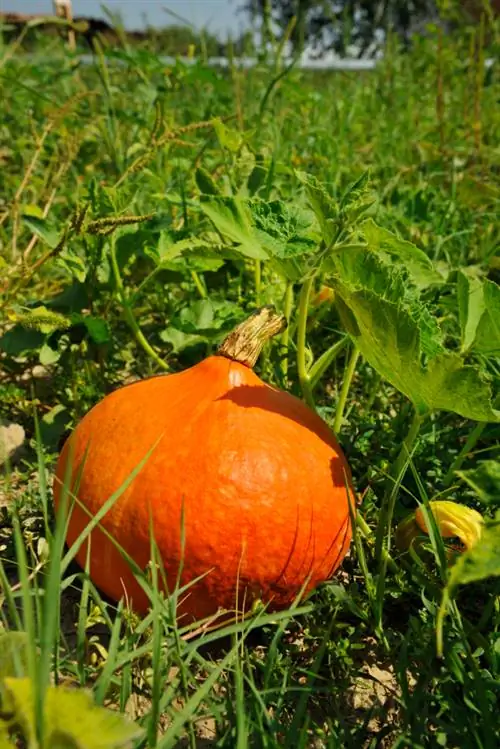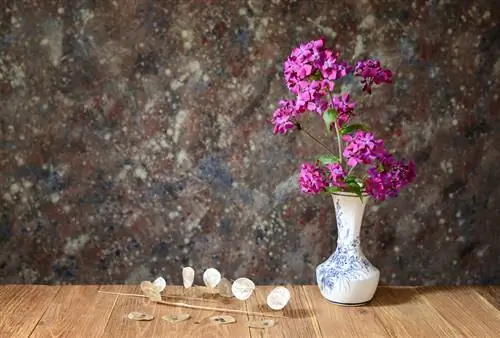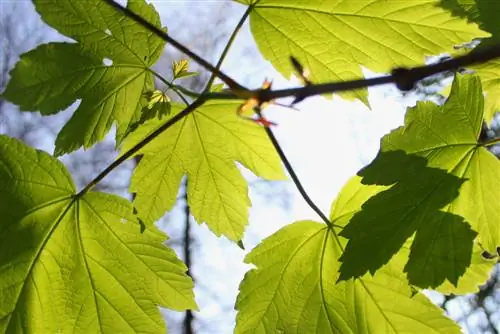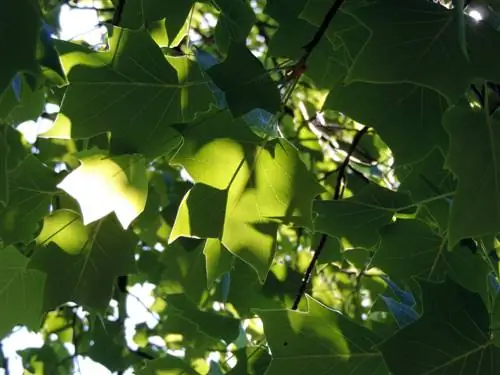- Author admin [email protected].
- Public 2023-12-16 16:46.
- Last modified 2025-01-23 11:22.
The tulip is primarily known for its diverse colors. These make meadows, fields and of course gardens shine. This also includes the leaves of the plant, which are essential components of the plant and should therefore not be neglected.

When and why should you cut tulip petals?
The leaves of the tulip should only be cut off when all the leaves have fallen or withered. They are important for the plant to transport nutrients into the bulb. However, tulip petals are poisonous and can cause skin irritation, stomach cramps or even respiratory failure.
When should the leaves of the tulip be cut?
The time for cutting off the tulip petals should not be chosen arbitrarily. This should only be done whenall leaves have fallen off or withered. Early intervention could cause lasting damage to the tulip bulb, as it has to transport all the nutrients it needs from the visible parts of the plant into the bulb. However, cutting off the tulip leaves is important in order to best support the plant in its regeneration. This saves energy, which it urgently needs to germinate again.
Are the leaves of the tulip poisonous?
The leaves of the tulip look beautiful,but are poisonousThis applies not only to the tulip leaves, but to the entire plant. Both the bulb and the stem should under no circumstances be consumed. The typical symptoms of poisoning are:
- Skin irritations
- Stomach cramps
- Vomiting
- and even respiratory arrest
Therefore, please make sure that small children and pets are kept away from the poisonous tulips. In the worst case, an overdose of the poison can lead to death. It's best to use gloves when gardening (€9.00 on Amazon).
Tip
The leaves of the tulip can be colored
If you have white tulips at home, you can color them individually using simple means. All you need to do is mix some food coloring with water and oil. After a fresh cut, the plant is placed in this mixture and left to stand for a few days. During this time, the selected color migrates over the stem to the leaves and slowly colors them.


